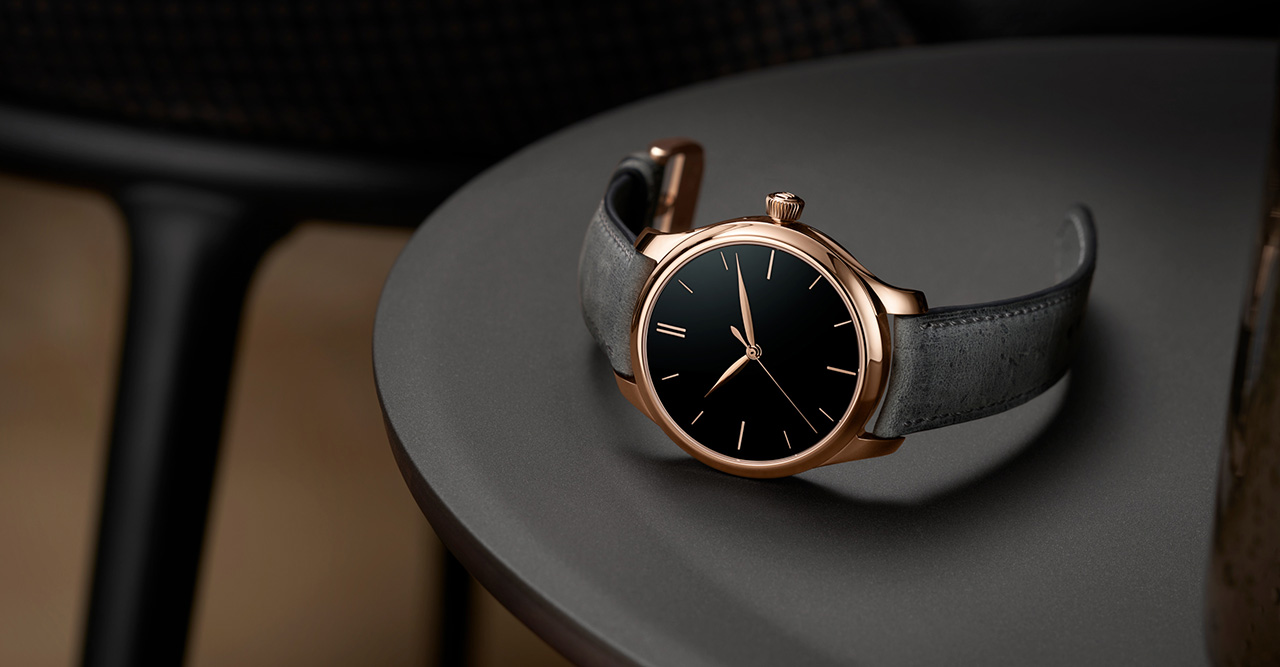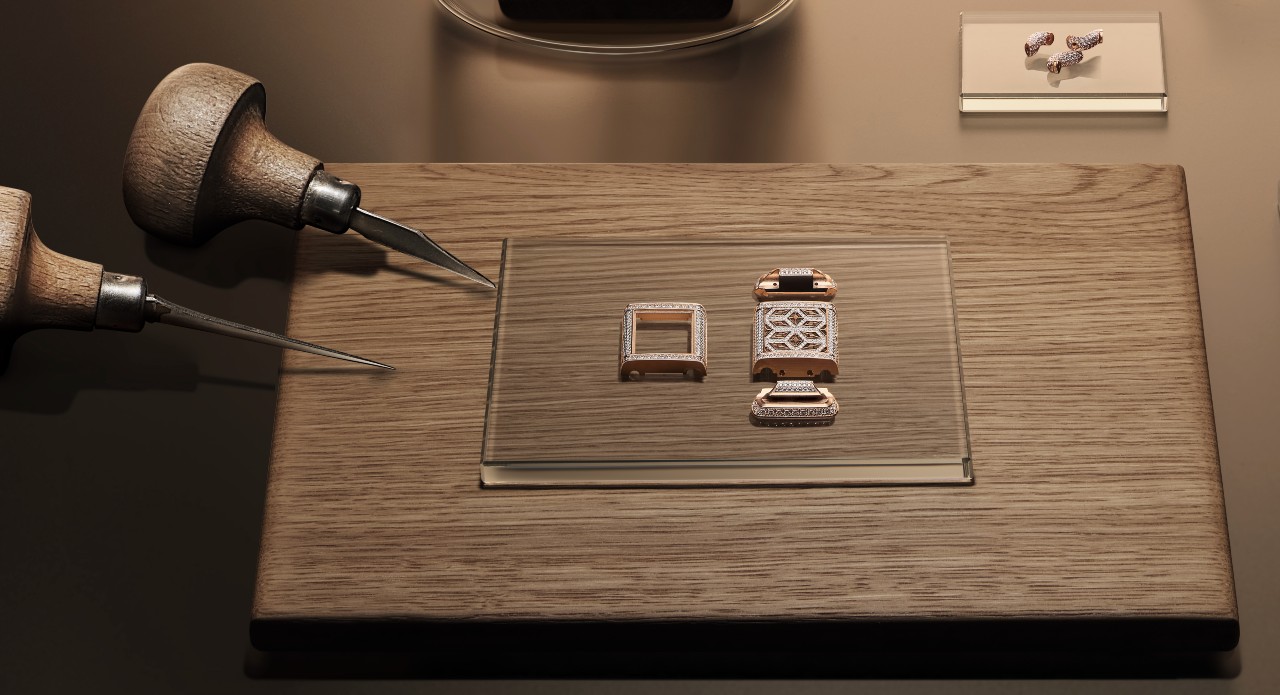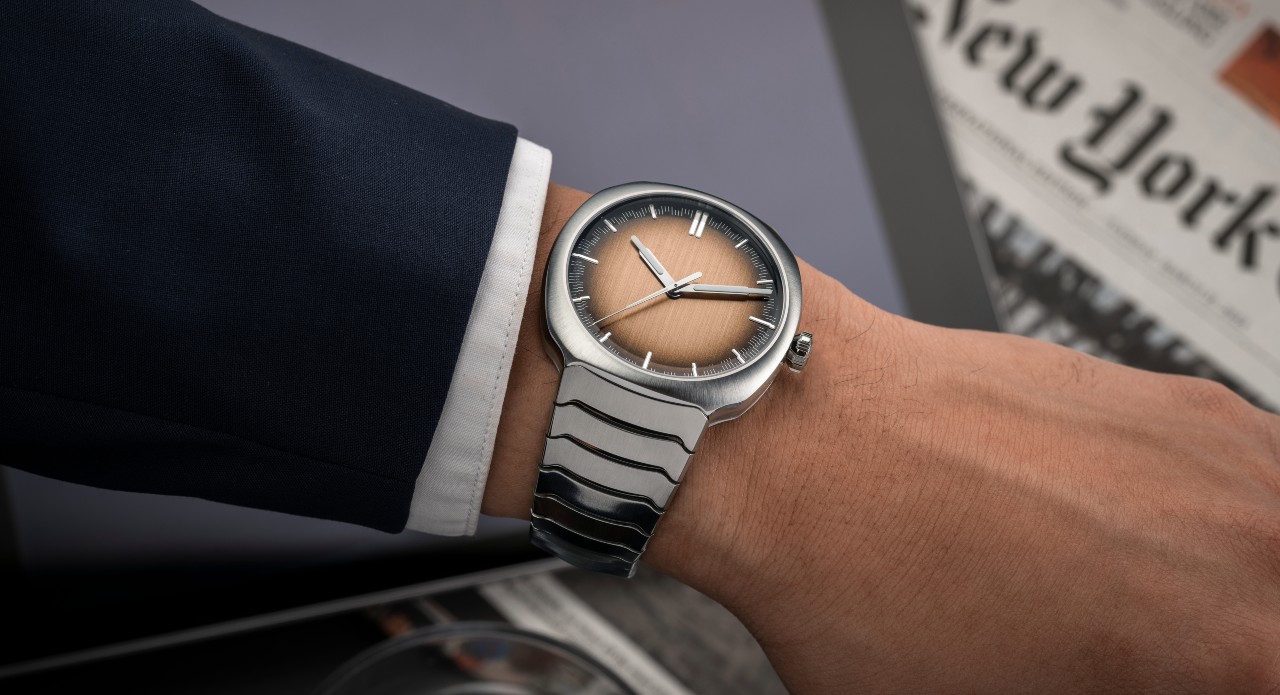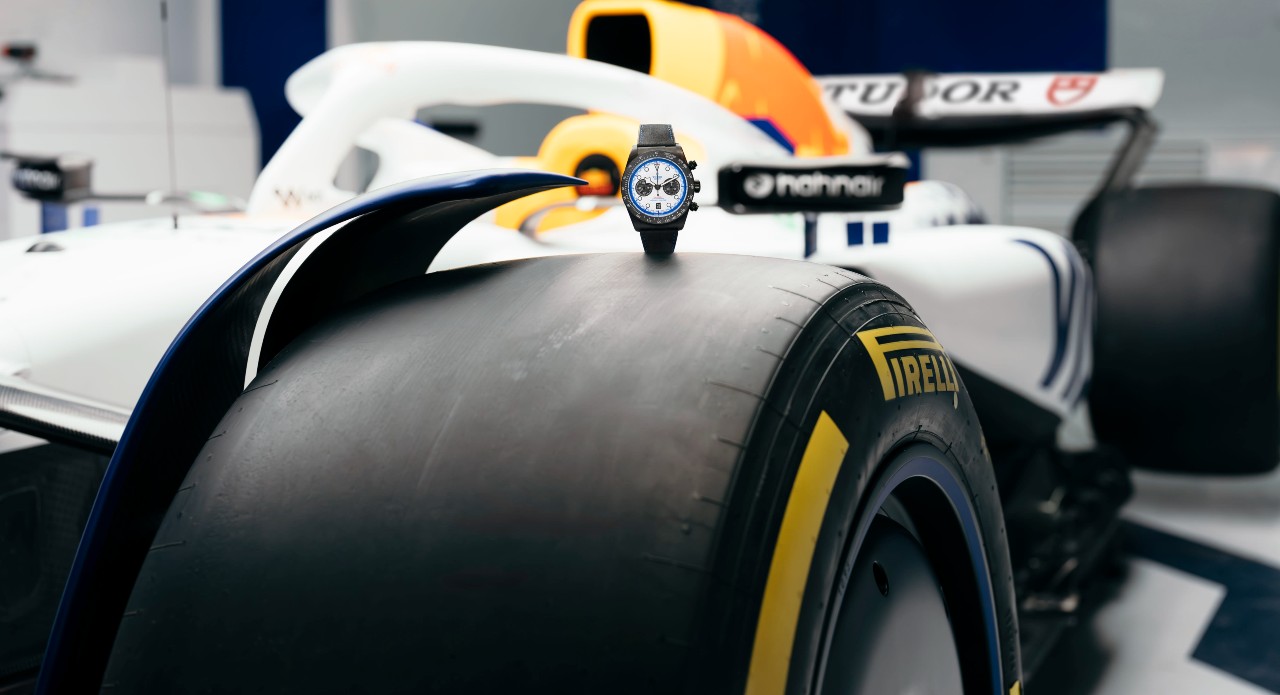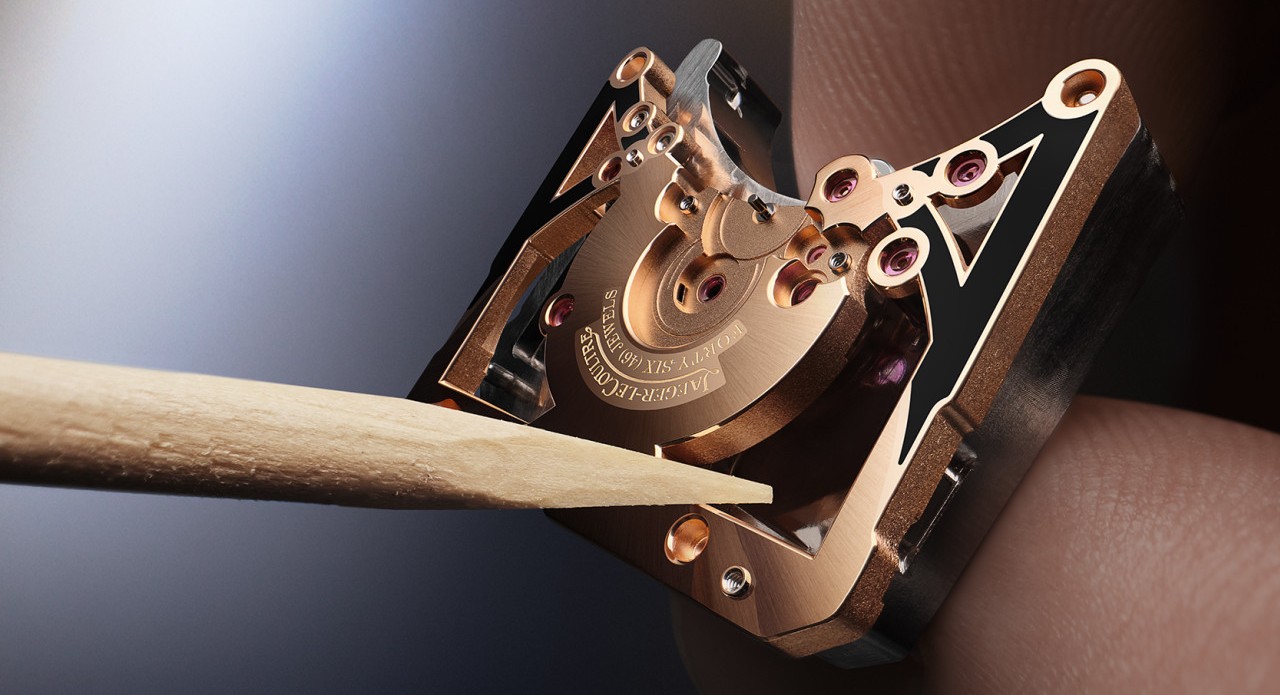If watch dials were actors, most would be eager spotlight-chasers—shimmering, polished, sunburst-finished divas begging to be noticed. And then there is Vantablack, the mysterious method actor who refuses to perform under any light whatsoever. It doesn’t sparkle, it doesn’t glow, it doesn’t politely reflect anything back at you. Instead, it stands on your wrist like a cosmic abyss, swallowing photons for breakfast and asking for seconds. Look into a Vantablack dial long enough and you begin to question the nature of time, space, and possibly your own existence. In the world of horology—where legibility, finishing, and craftsmanship usually thrive under illumination—Vantablack’s pitch-black defiance has become the unexpected new frontier. Understanding it isn’t merely learning about a material; it’s appreciating how science fiction quietly became Swiss watchmaking fact.
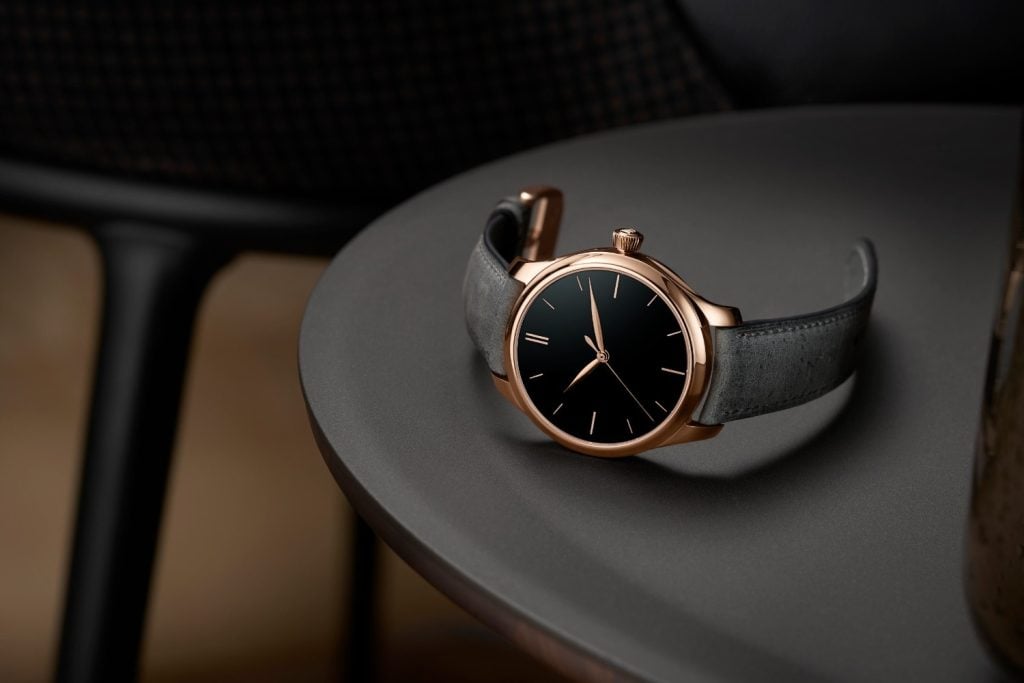
What Is Vantablack?
Vantablack is one of the darkest substances ever created by humans, capable of absorbing up to 99.965% of visible light. Developed by Surrey NanoSystems, it consists of a forest of vertically aligned carbon nanotubes—so small and densely packed that light enters but never escapes. To the naked eye, Vantablack appears not as a colour or finish but as a void, a perceptual black hole. Its surreal darkness has been adopted in art, aerospace, and now high-end watchmaking, where its peculiar optical properties completely redefine the concept of a dial.
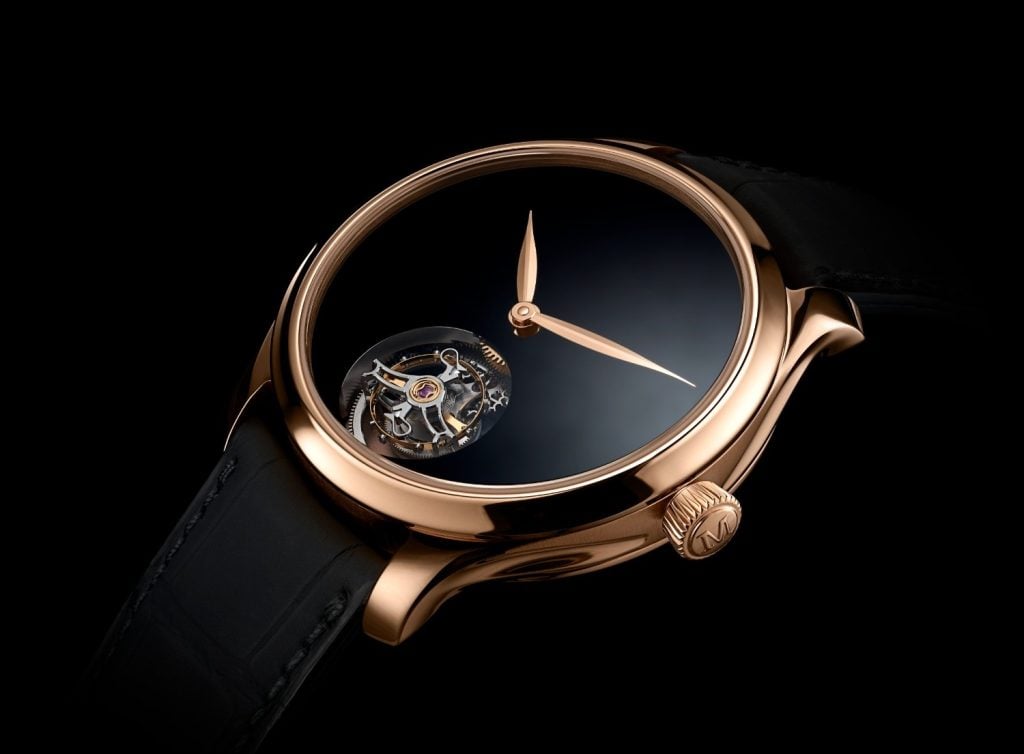
The Importance of Vantablack In Horology?
In a craft obsessed with highlighting textures and finishes, Vantablack’s anti-reflective nature is revolutionary. It transforms the dial into absolute darkness, allowing indices, stars, or hands to float dramatically in visual suspension. For watchmakers, it is an aesthetic breakthrough—offering contrast so stark and purity so extreme that it changes how a timepiece is perceived. Where traditional dials rely on reflection to show depth, Vantablack creates depth by removing every trace of light, giving the watch a sculptural, almost surreal dimension.
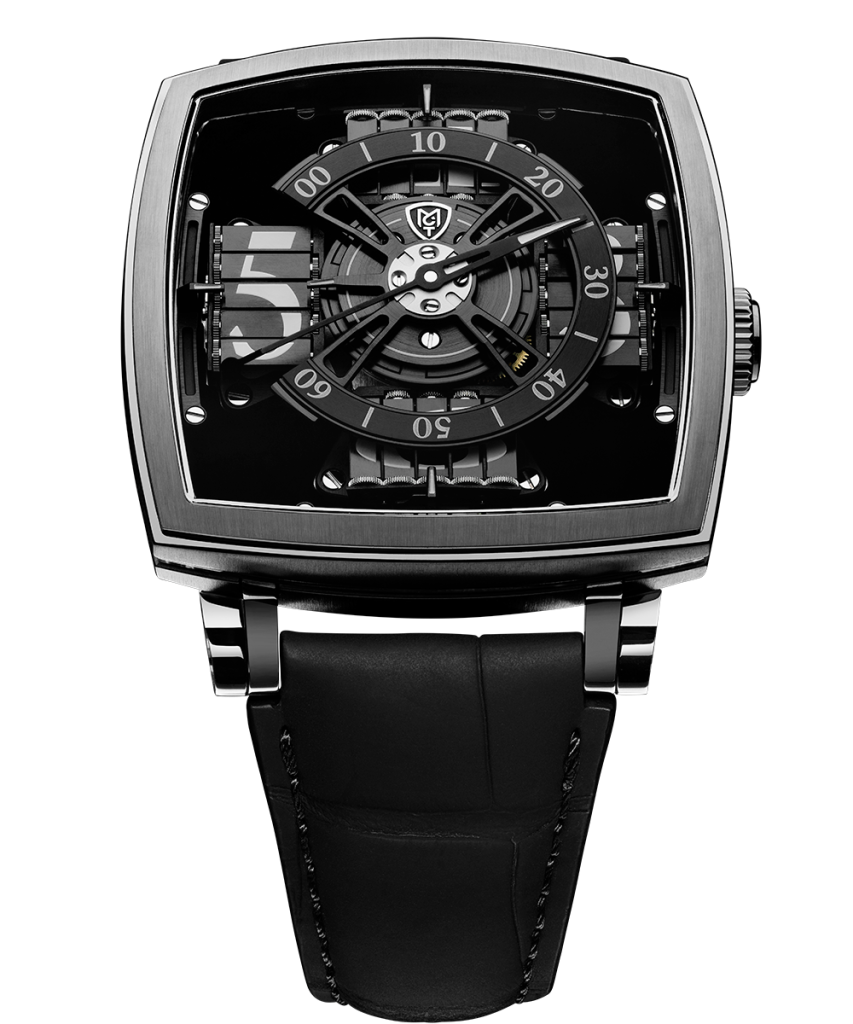
How Vantablack Is Integrated Into Watch Dials?
Since Vantablack cannot be machined or buffed, the dial base is produced first, then coated in a specialised vacuum chamber. The nanotube array is grown directly onto the dial substrate in a process that requires precision, cleanliness, and absolute stability. Watchmakers cannot touch or adjust the surface afterward, meaning design elements—hands, indices, or cutouts—must be positioned with surgical accuracy. The result is a dial that behaves more like a visual illusion than a traditional watch component.
